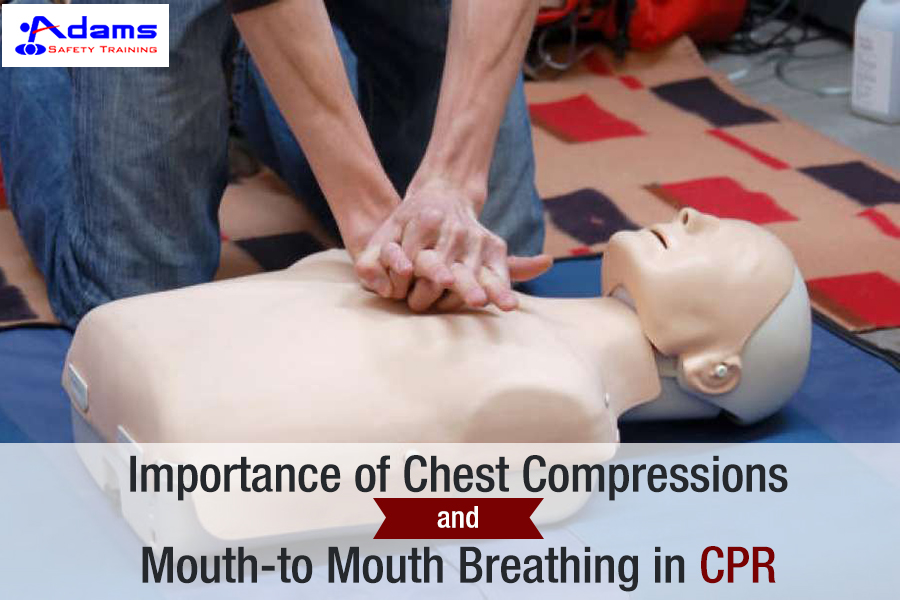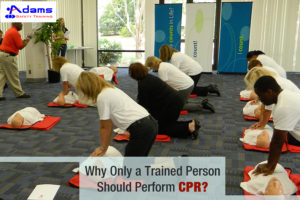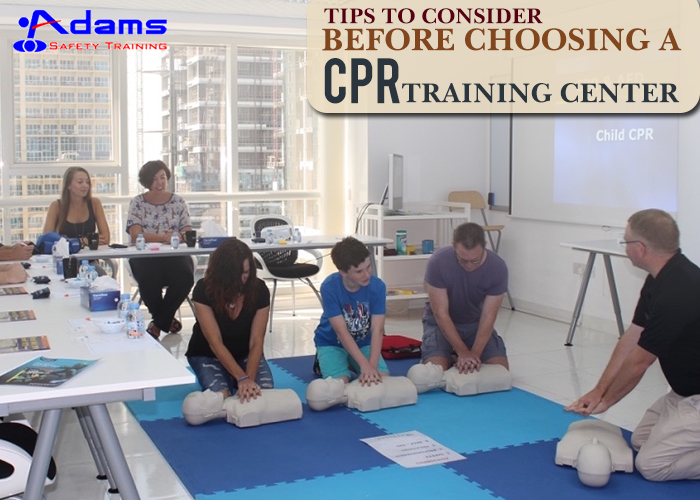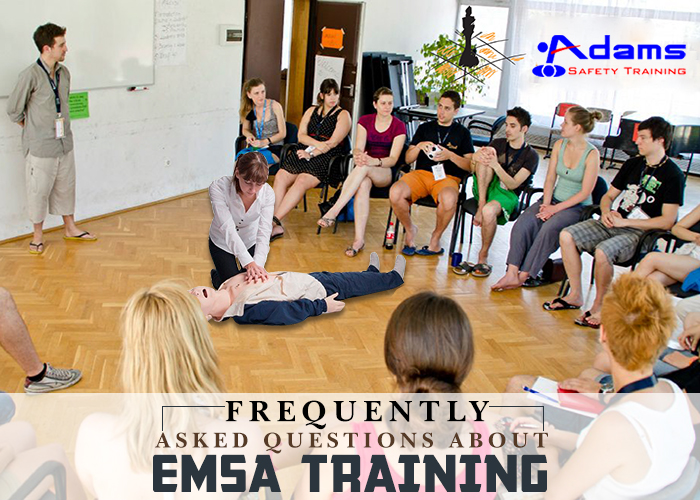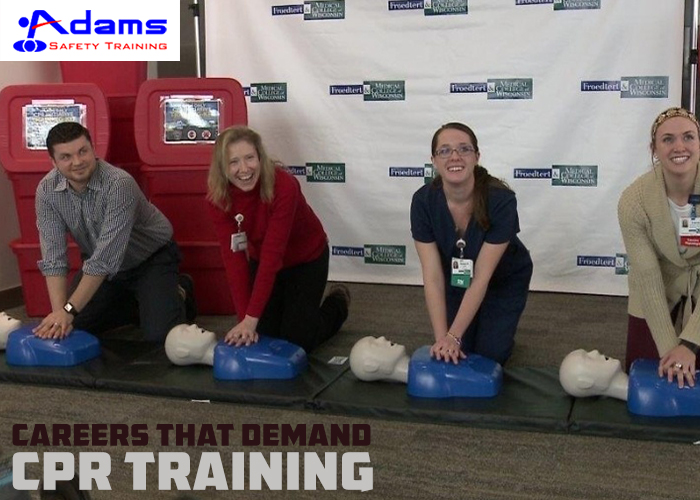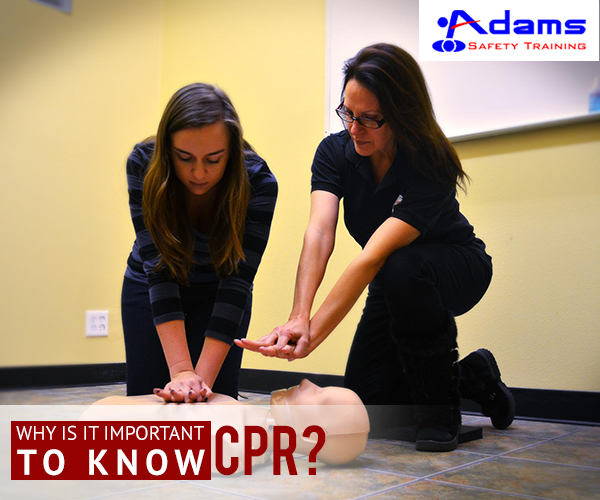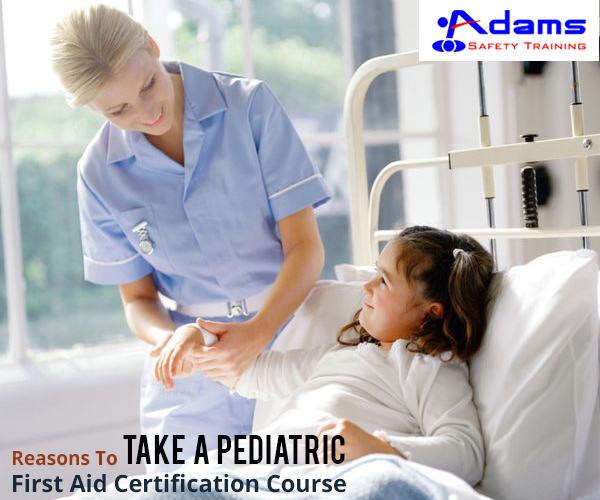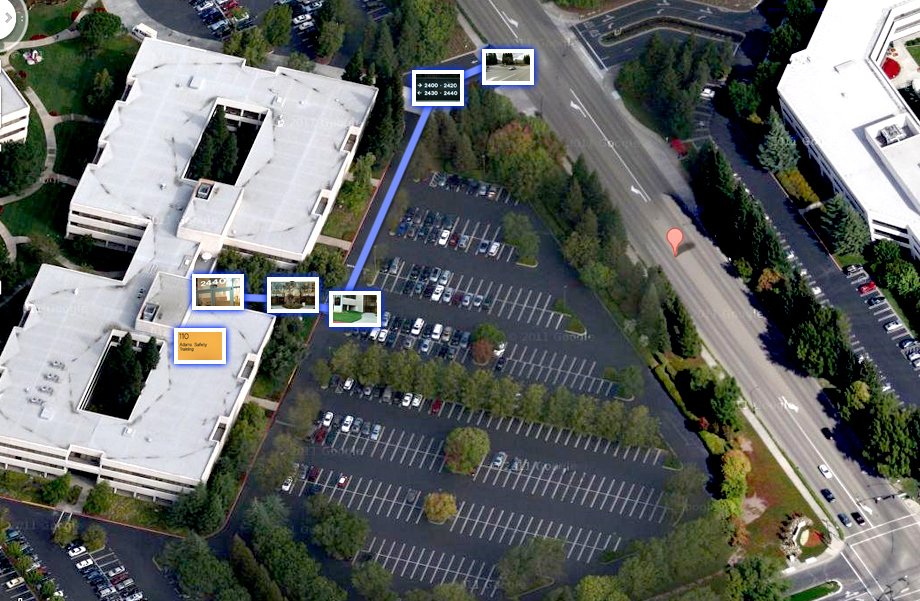There can be some instances where you baby may need CPR or Cardiopulmonary Resuscitation. Babies can choke on items like food and toys, slip under the water, or may get trapped in drawstrings and curtain cords. Choking can cut off oxygen to the brain. Therefore, it is important to administer CPR as early as possible. Here are the key steps to follow in case of choking:
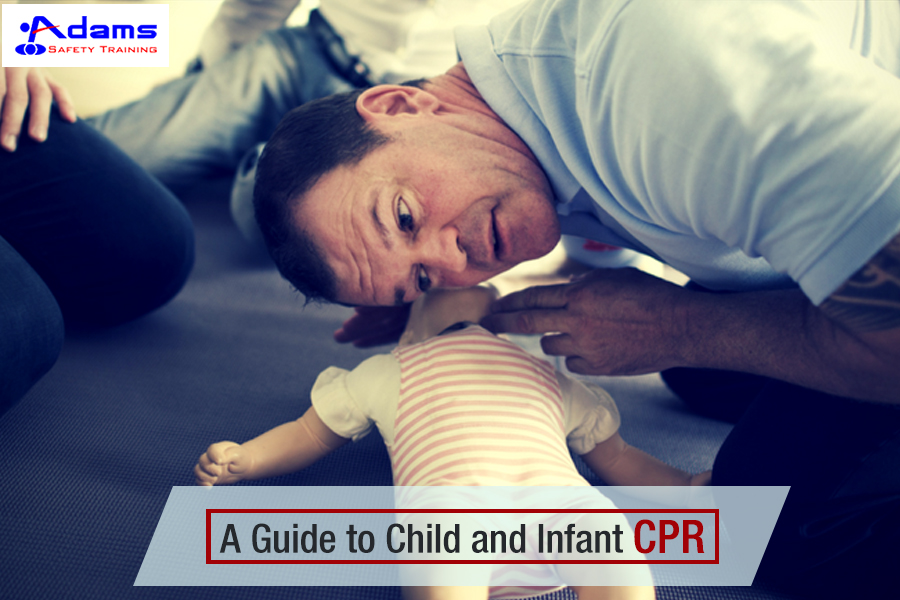
• First of all, verify whether the infant is unresponsive and not breathing.
• Shout to get the infant’s attention, using her name and gently tap the child on the shoulder.
• If there is no response or the child is not breathing normally, have someone call the local emergency medical help.
• Meanwhile, quickly but gently position the infant on her back and start administer CPR.
• In case baby is bleeding severely, don’t administer CPR until the bleeding is under control.
Though, CPR is a lifesaving technique you can perform to save a baby, if you are not trained to administer CPR, performing it is wrong manner can make the situation even worst. Nowadays, there are many sources, offering CPR Training in Petaluma. Join a genuine course where you’ll get to know the right techniques to perform CPR with hands-on practice and real-time instructor feedback.

